

Russell Sydnor Crenshaw Jr.
NAVAL INSTITUTE PRESS
Annapolis, Maryland
The latest edition of this work has been brought to publication with the generous assistance of Marguerite and Gerry Lenfest.
Naval Institute Press
291 Wood Road
Annapolis, MD 21402
1995 by The Nautical and Aviation Publishing Company of America, Inc.
All rights reserved. No part of this book may be reproduced or utilized in any form or by any means, electronic or mechanical, including photocopying and recording, or by any information storage and retrieval system, without permission in writing from the publisher.
First Naval Institute Press paperback edition published 2010
ISBN 978-1-61251-551-9 (eBook)
The Library of Congress has cataloged the paperback edition as follows:
Crenshaw, Russell Sydnor, 1920
The Battle of Tassafaronga / Russell Sydnor Crenshaw Jr.
p. cm.
Includes index.
Originally published: Baltimore, Md. : Nautical & Aviation Pub. Co., c1995.
1. Tassafaronga, Battle of, Solomon Islands, 1942. 2. World War, 19391945Naval operations, American. I. Title.
D774.T38C74 2010
940.54265933dc22
2010011646
 Print editions meet the requirements of ANSI/NISO z39.48-1992 (Permanence of Paper).
Print editions meet the requirements of ANSI/NISO z39.48-1992 (Permanence of Paper).
9 8 7 6 5 4 3 2
Published in association with the Destroyer History Foundation, www.destroyerhistory.org David W. McComb, President
 Contents
Contents

USS Fletchers Track Chart.
Lieutenant Callahans Chart I.
Lieutenant Callahans Chart II.
The major guns of the ships of Task Force Sixty-Seven.
Summary track chart and torpedo fire.
Positions at 2325 and U.S. gunfire between 2320 and 2325.
Positions at 2330 with gun and torpedo fire between 2325 and 2330.

T he Battle of Tassafaronga, the last of the Battles of Savo Island in the Guadalcanal campaign of World War II, was little noted on the pages of history, yet it was one of the most significant. It marked the defeat of the Japanese thrust into the Solomon Islands and convinced the Japanese high command that they must start the retreat that eventually led to the surrender in Tokyo Bay. In that sense, it was as significant as the Battle of Midway.
For the United States Navy, the battle was a horrible embarrassment, the more quickly forgotten, the better: one heavy cruiser sunk and three heavy cruisers heavily damaged in exchange for uncertain losses by the enemy. Like most of the previous engagements in these troubled waters it was difficult to determine just what had happened. The reports by observers did not correspond with the known facts. It was difficult to explain how the damage to our ships had occurred. There was an aura of mystery about the whole affair.
The author was the gunnery officer of the USS Maury, DD-401, third ship in the van of the American force. Although he felt sure his ship and the other three destroyers had done their jobs as well as any ships could under the circumstances, he was never satisfied that he really knew what had happened on the night of the 30th of November 1942. While doing some research in the Operational Archives of the U.S. Naval Historical Center at the Washington Navy Yard, he came across clues that led him to delve more deeply. With enough information to reconstruct the battle, he gradually came to realize what had happened. He discovered that this forgotten battle was not just a stepping-stone in a long and difficult campaign, it was a crucible in which the very nature of the U.S. Navy and its weapons was tested. It was a miniature of what might have been, under other circumstances, a truly devastating defeat.
Tasivarongo: tasi sea + varongo quiet

S o much of this work has been drawn from other sources that it is impractical to annotate the entire text and burden the pages with footnotes. The author has therefore chosen to give credit for entire areas as follows:
For the general history of the Solomon Islands campaign and all other specific battles, except the Battle of Tassafaronga, Samuel Eliot Morisons History of the United States Naval Operations in World War II, published by Little, Brown and Company, was the principal source. For additional specific information about destroyers (other than the Maury in other battles), he relied on Theodore Roscoes Destroyer Operations in World War II, published by the United States Naval Institute.
The key to the Japanese side of the battle was found in The Japanese Navy in World War II by Paul Dull, published by the U.S. Naval Institute, and in of The Struggle for Guadalcanal, by Rear Admiral Raizo Tanaka, Imperial Japanese Navy.
Admiral Tanaka commanded most of the resupply efforts made by the Japanese during the Guadalcanal campaign and was in command of the Japanese force at Tassafaronga. , The Other Side, includes his observations and recollections during the battle wherever his name is mentioned.
For all official documents, particularly those mentioned in the following paragraphs, the U.S. Naval Historical Center at the Washington Navy Yard is the source and the author is indebted to its efficient and helpful staff.
The history of the Long Lance torpedo and its effect on Japanese naval planning reported in in part from reports of interviews of Japanese officers by the members of the U.S. Strategic Bombing Survey (Pacific) following the hostilities. The technical details and performance of the Japanese Type 93 torpedo were found in the report of the U.S. Naval Technical Mission to Japans report on Japanese Torpedoes and Tubes.
In , The Torpedo Problem, the history of the U.S. Navys torpedo program and the steps eventually taken to uncover and correct torpedo deficiencies is based on Buford Rowland and William B. Boyds Bureau of Ordnance in World War II, published by the U.S. Government Printing Office in 1953. The letter by Dr. Albert Einstein was shown to the author by Captain R. C. Gillette, who was preparing the reference library for the new Naval Submarine Museum at Keyport, Washington.
Next page


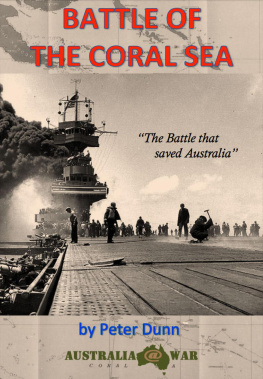

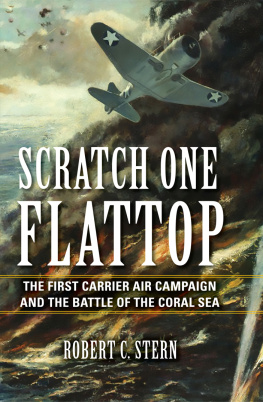
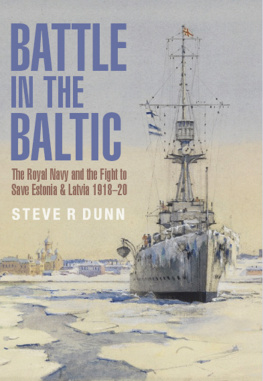
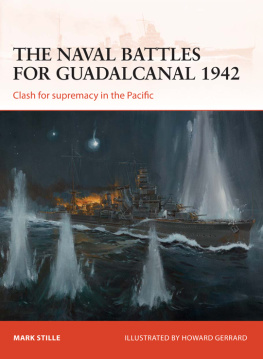

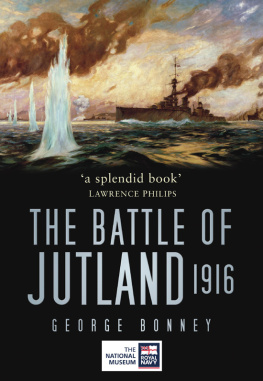
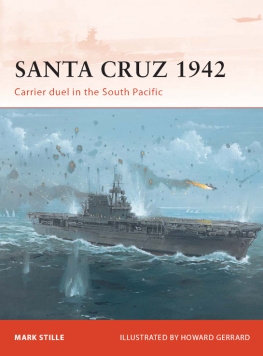

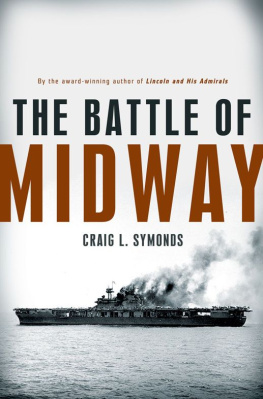


 Print editions meet the requirements of ANSI/NISO z39.48-1992 (Permanence of Paper).
Print editions meet the requirements of ANSI/NISO z39.48-1992 (Permanence of Paper). Contents
Contents